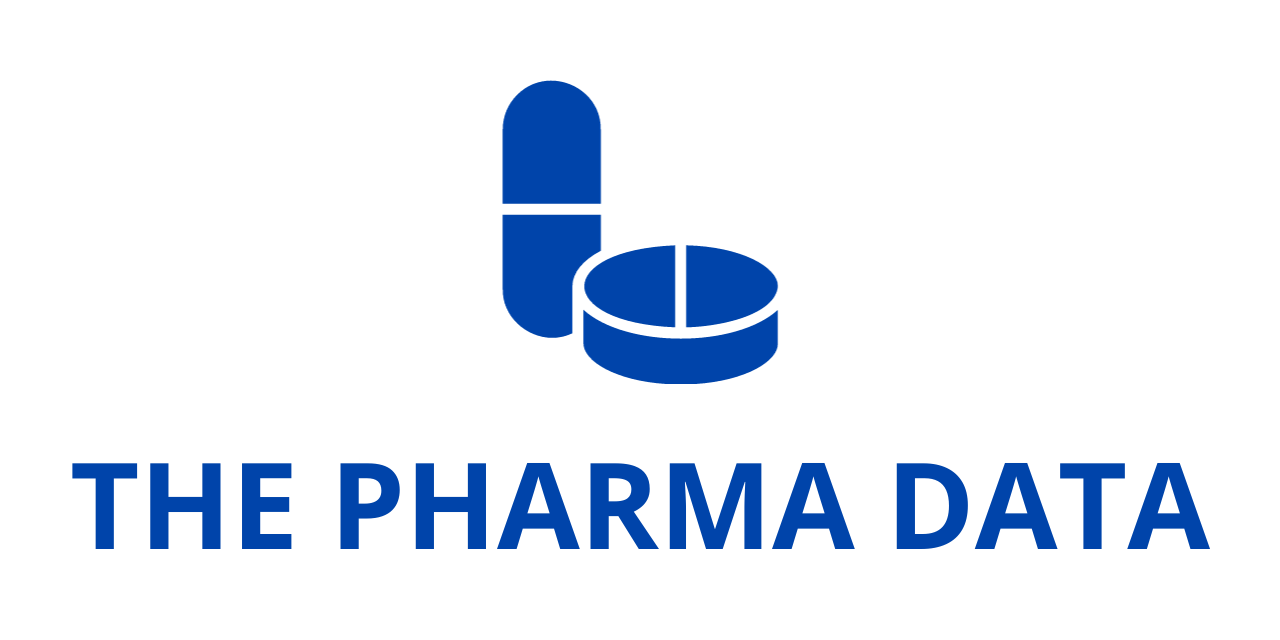
Daiichi Sankyo Europe (Daiichi Sankyo) has reinforced its commitment to addressing unmet needs and disparities in cardiovascular care by emphasizing the differences in treatment and outcomes among diverse patient groups. This announcement follows the presentation of data from the SANTORINI observational study and the ETNA-AF (Edoxaban Treatment in routine clinical prActice in patients with nonvalvular Atrial Fibrillation) study program at the European Society of Cardiology (ESC) Congress 2024.
Gender Disparities in Cardiovascular Disease Treatment and LDL-C Goal Achievement
Elevated low-density lipoprotein cholesterol (LDL-C) is a significant modifiable risk factor for major cardiovascular events, with evidence showing that reducing LDL-C by 1 mmol/L can decrease the incidence of such events by 22% within a year. However, data from the SANTORINI observational study reveal that European women at high or very high cardiovascular risk are often undertreated, leading to lower achievement of LDL-C levels recommended by guidelines.
A new subanalysis of SANTORINI, involving 5,197 male patients (average age 65 years) and 2,013 female patients (average age 66 years), showed that women were less likely than men to achieve guideline-recommended LDL-C levels. Although both genders saw improvements in LDL-C goal achievement from baseline to one year, men had higher rates of success (22.9% to 33.3%) compared to women (16.9% to 24.6%). Additionally, a higher percentage of women received no lipid-lowering treatment at both baseline and follow-up (23.9% and 3.9%, respectively) compared to men (20.7% and 2.7%).
“These findings highlight the need for greater focus on managing cardiovascular disease risk in women, who are disproportionately undertreated and less likely to achieve recommended LDL-C targets,” said Professor David Nanchen from the University of Lausanne, Switzerland.
Impact of Therapeutic Adherence on Atrial Fibrillation Outcomes
The effectiveness of oral anticoagulant treatment for atrial fibrillation (AF) is heavily dependent on patient adherence and persistence. Non-adherence to non-vitamin K antagonist oral anticoagulants (DOACs) has been linked to an increased risk of stroke in AF patients.
Daiichi Sankyo is advancing the understanding of the global burden of cardiovascular disease in patients with non-valvular atrial fibrillation through the ETNA-AF program, which consolidates data from non-interventional studies across Europe, East Asia, and Japan into a single database. Over 28,000 patients were included in the ETNA-AF registries, with follow-up periods of four years in Europe and two years in non-European countries.
A post hoc subanalysis of the ETNA-AF program revealed that of the 9,417 patients (71.5% of the 13,164 enrolled) who completed the four-year study, 87.4% persisted with edoxaban treatment. Factors such as increasing age, male sex, extreme body weight, low renal function, heart failure, and chronic liver disease were associated with both treatment discontinuation and non-persistence.
“The high rate of treatment persistence observed in this study is encouraging for our efforts to combat non-adherence,” stated Professor Raffaele De Caterina, Director of the Cardiology Unit at the University Hospital of Pisa. “We hope that identifying the factors linked to non-adherence will aid in developing more effective treatment strategies in clinical practice.”
Challenges in Treating Patients with Frailty and Comorbidities
Frailty and complex comorbidities present significant challenges in recommending anticoagulation for non-valvular AF (NVAF) patients. DOAC prescription rates are below 50% in frail populations, as physicians must balance stroke prevention with bleeding risk.
Using four-year follow-up data from the ETNA-AF program, researchers assessed clinical outcomes in frail patients treated with a reduced (non-recommended) dose of 30 mg edoxaban. These patients showed a higher rate of all-cause mortality compared to those receiving the recommended 60 mg dose (HR [95% CI]: 1.44 [1.06,1.96]), with no significant impact on major bleeding rates. This suggests that frailty should not automatically lead to dose reductions outside of the recommended guidelines.
Another subanalysis divided patients into low, middle, and high tertiles based on body mass index (BMI), body surface area (BSA), and lean body mass (LBM). While thromboembolic event rates were low and consistent across all tertiles, higher bleeding rates were observed in the low BSA and LBM groups compared to the middle and high tertiles. These findings suggest that BSA and LBM, rather than BMI, should be considered when evaluating outcomes in patients treated with DOACs.





